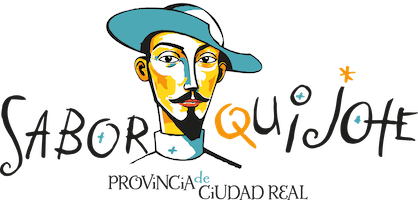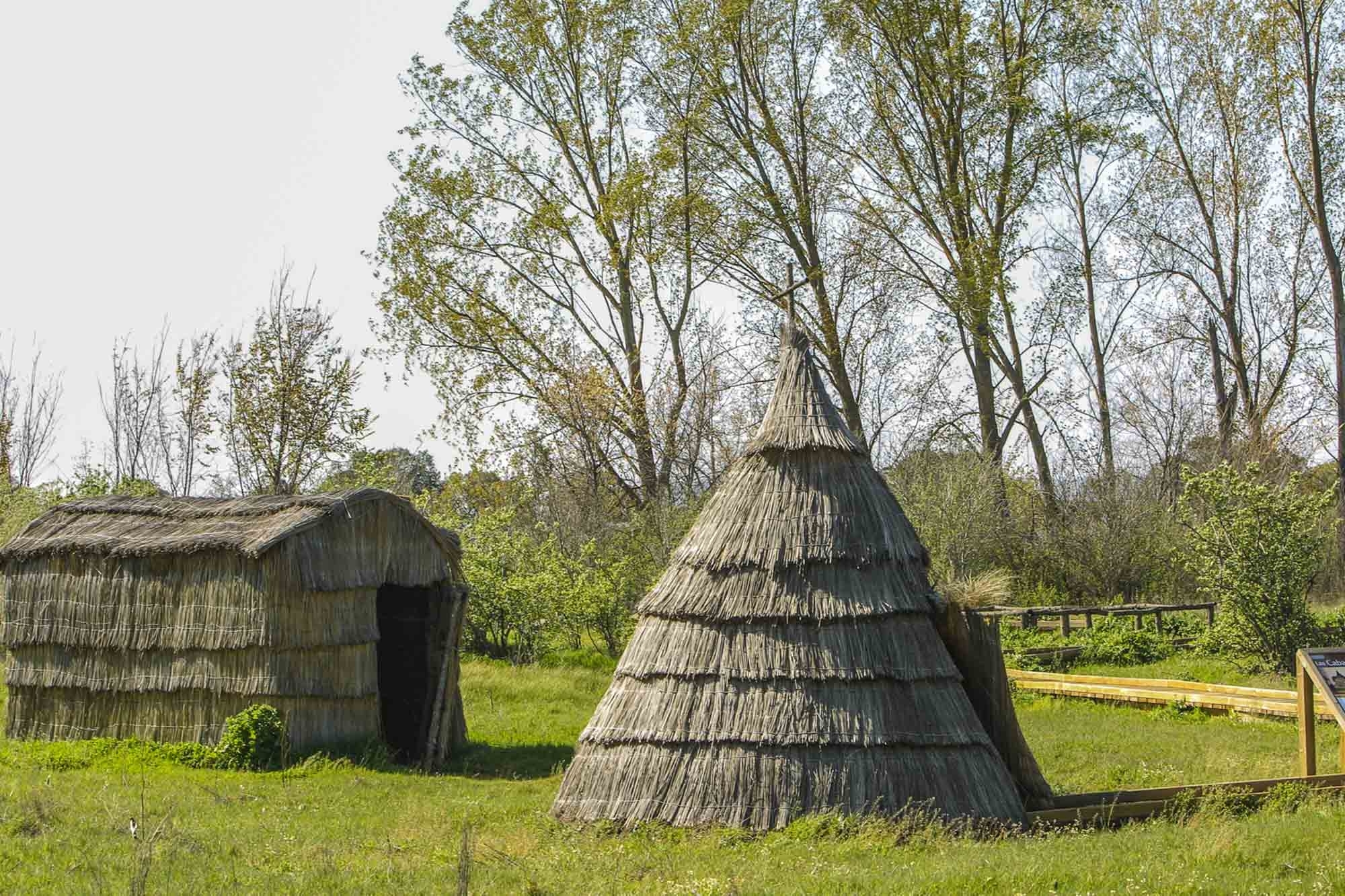Se trata de un privilegiado paraje situado en las provincias de Ciudad Real y Toledo. Además, fue declarado Parque Nacional en 1995, pero siete años antes, en 1988, ya había sido declarado Parque Natural por la Junta de Comunidades de Castilla-La Mancha como fruto de la generalizada reivindicación popular para evitar que se convirtiera en un campo para maniobras y prácticas de tiro de carácter militar.
Realmente, es una amplísima reserva agreste y salvaje poblada de especies mediterráneas. Asimismo, está catalogado como Zona de Especial Protección para Aves y Lugar de Interés Comunitario. Se pueden encontrar en este paraje encinas, alcornoques, quejigos y peonías, que conviven en armonía ecológica con águilas imperiales, buitres negros, linces ibéricos, ciervos, corzos y gamos.
Por otro lado, sus valores naturales están plenamente ligados al monte mediterráneo y es uno de los que mejor conservan de la Península Ibérica. Contiene íntegros los bosques y los matorrales mediterráneos, algunos enclaves reelecticos de vegetación atlántica y los bosques de ribera, turberas y herbazales. Todo esto se suma a la flora y a la fauna de estos ecosistemas. Por ejemplo, se pueden encontrar ejemplares del águila imperial, que es una especie en peligro de extinción actualmente.
Respecto a sus valores culturales, encontramos las chozas utilizadas tradicionalmente por pastores y carboneros como refugio temporal y que dan nombre a la zona: “los cabañeros”. Estas cabañas, empleadas por los habitantes de los Montes de Toledo, tenían forma de cono y se techaban utilizando vegetación del entorno. En todo caso, la extracción de carbón vegetal, el pastoreo y la agricultura fueron las principales actividades que se desarrollaron en este entorno. Otras actividades tradicionales que se llevaban a cabo son la apicultura y la extracción de corcho.
Asimismo, es cierto que con las primeras lluvias empieza a cambiar la paleta cromática de estos bosques. El verde da paso a la gama de colores ocres, desde los amarillentos a los rojizos, al mismo tiempo que las zarzamoras y los madroños ofrecen jugosos y sabrosos frutos.
Otro aspecto es que, entre mediados de septiembre y mediados de octubre, llega la berrea o brama, denominándose así al período de celo del ciervo. Durante estos meses, los ciervos intentan atraer a las hembras con impresionantes sonidos guturales, que no dejan de ser un desesperado grito amoroso. Realmente, es un espectáculo sonoro que llega a nuestros montes, en un momento en el que los machos se encuentran en su pleno esplendor y marcan su territorio y a sus hembras. Además, en la provincia de Ciudad Real hay magníficos espacios naturales para disfrutarlo.
En el Parque Nacional de Cabañeros, los mejores momentos del día para observar el entorno son la salida del sol o el anochecer, ya que veremos los movimientos de machos y hembras en su juego de seducción, los enfrentamientos por las hembras y sonoros bramidos de llamada y advertencia a machos rivales.
Por último, cabe mencionar que se recomienda que se realicen estas salidas con la compañía de guías experimentados, ya que ellos llevarán al visitante a los lugares más idóneos, y la experiencia será plenamente magnífica y grata. A lo largo del parque y su entorno encontraremos diversos centros de visitantes, museos y puntos de información, en los que podemos obtener información práctica para que nuestra visita sea totalmente satisfactoria.
Centro de Visitantes Casa palillos
Centro de Visitantes y Área Recreativa Torre de Abraham
Centro de Visitantes de Horcajo de los Montes
Observatorio de Cigüeñas
Zoorama-Museo de fauna
Museo Etnográfico-Información en Horcajo
Museo Etnográfico-Información en Alcoba
Punto de Información en Navas de Estena
Mirador del pantano de Torre de Abrahan



